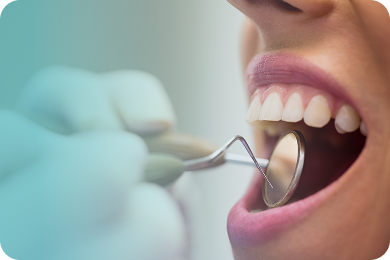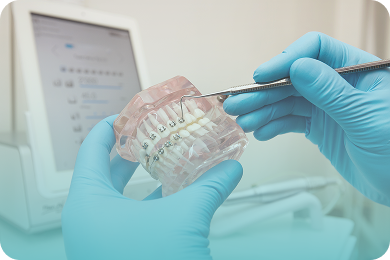Finding the Best Dental Insurance, newBlogs
Best Dental Insurance in Texas for Major Dental Work | Updated 2025 | DenScore
FINDING THE BEST DENTAL INSURANCE
Best Dental Insurance in Texas for Major Dental Work
Discover the best dental insurance plans in Texas for major dental work so you’re able to get the more affordable and quality dental care.

Top 3 Dental Insurance Plans
Discover the top 3 dental insurance plans in Texas for major dental work and why they made our list.

Reason for Being Chosen:
The Mutual Dental Preferred plan has a $5,000 annual maximum and covers 20% of major procedure costs immediately, increasing to 50% after a twelve-month waiting period.

Reason for Being Chosen:
The PrimeStar Complete plan has a $2,500 annual maximum in the first year, covering 20% of major procedure costs. In subsequent years, the annual maximum increases to $3,000, covering 50% of major procedures.

Reason for Being Chosen:
The Premier plan covers 70% of major procedure costs after a twelve-month waiting period. However, Physicians Mutual isn’t as widely accepted by dentists as other plans on this list, which could limit your access to care.
Other Dental Insurance Plans
While these plans didn’t make our Top 3, they still offer good coverage for major dental work and may be worth considering.
Reason for Being Chosen:
The Premium PPO plan, with a $2,000 annual maximum, covers 50% of major procedure costs after a twelve-month waiting period, including implants, orthodontics, and teeth whitening.
Reason for Being Chosen:
MetLife’s top PPO plan, with a $2,000 annual maximum, covers 50% of major procedure costs after a twelve-month waiting period and offers solid overall coverage.
Frequently Asked Questions
Choosing the right dental insurance can be tricky, especially when considering the dental plan’s cost, covered procedures, waiting periods, rules/restrictions and more. DenScore has analyzed every dental insurance plan in each state and ranked the top plans so you can choose the best one for your specific needs. For more information, please refer to our Terms of Service.
With a PPO dental plan that includes major services, patients may pay $500 to $1,500 out of pocket for procedures like crowns, root canals, or dentures, since most plans cover 50% of major dental work after the deductible is met. Without insurance, these treatments often range from $1,000 to $3,000 or more, depending on the procedure performed and where the dental practice is located.
It depends. Some dental insurance companies and Medicare Advantage plans use misleading language and “bait and switch” tactics in order to sell more policies. If you mistakenly choose one of these plans, you probably won’t save much money on dental care and you may actually lose money if you’re paying high monthly premiums. The easiest way to save money with dental insurance is by choosing an in-network dentist when you need dental work. For more tips on how to save money when using dental insurance, check out DenScore’s FREE online dental tool, which is available 24/7!
To save the most on dental care, look for a plan with a high annual maximum of $2,000 or more and low coinsurance for costly procedures to minimize out-of-pocket expenses. For treatments like crowns, root canals and dentures, aim for a plan that covers at least 50 percent of the costs. Some plans may also cover part of cosmetic procedures, including teeth straightening, whitening, and porcelain veneers.
Preferred provider organization (PPO) plans are often a better choice than health maintenance organization (HMO) plans. While HMO dental insurance usually comes with lower monthly premiums, you’ll face higher copays for most treatments, and fewer dentists participate in HMOs, making it harder to find a high-quality provider. For employers looking to move beyond traditional dental insurance, companies like DntlDirect offer alternative dental benefits that lower costs while giving employees access to better care.
With a PPO dental plan that includes orthodontic coverage, patients usually pay $3,000 to $5,000 out of pocket for braces or clear aligners. Most plans cover 50% of orthodontic treatment costs but place a lifetime maximum on orthodontic benefits, often between $1,000 and $2,000 per person. Without insurance, the total cost of braces or clear aligners typically ranges from $4,500 to $7,500, depending on the complexity of treatment and the location of the orthodontic practice.




